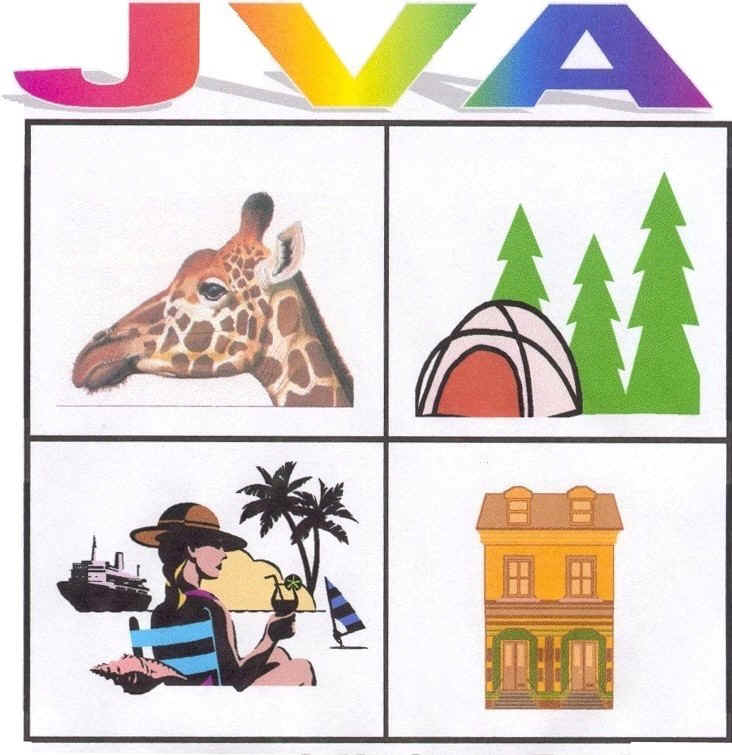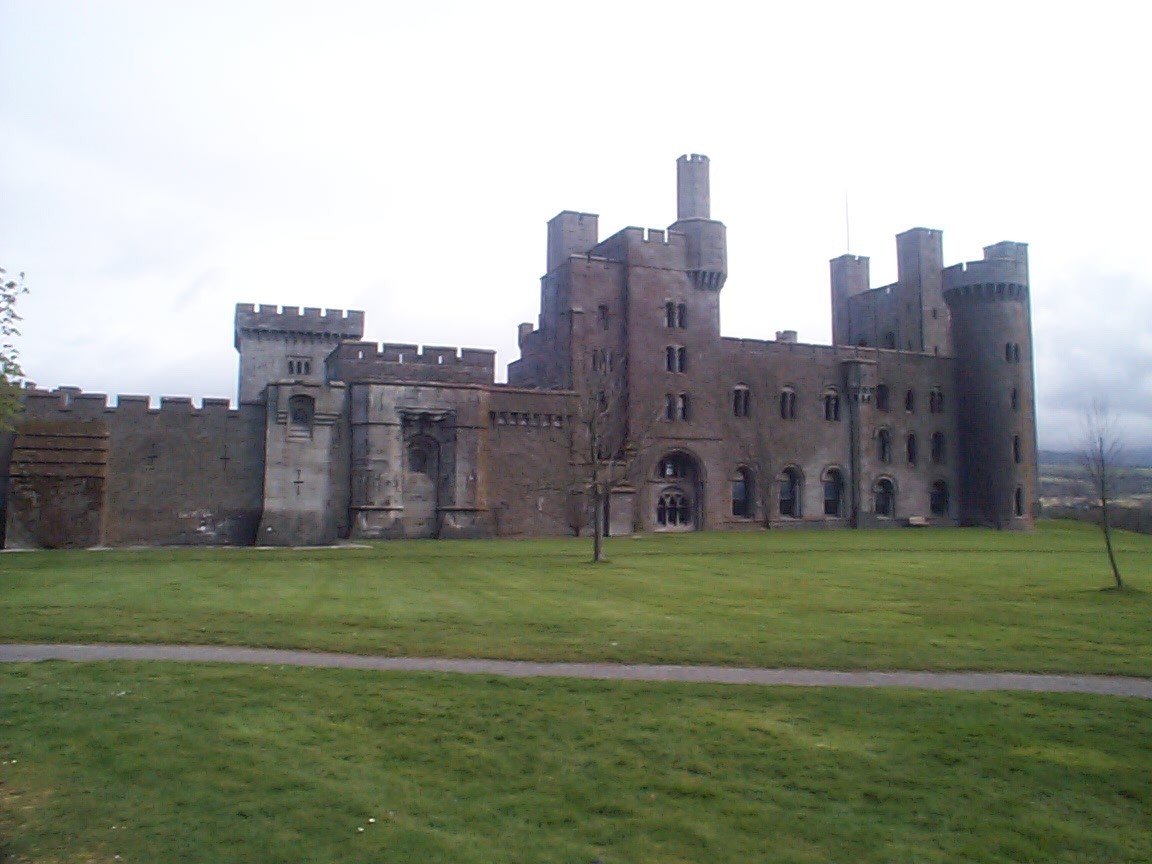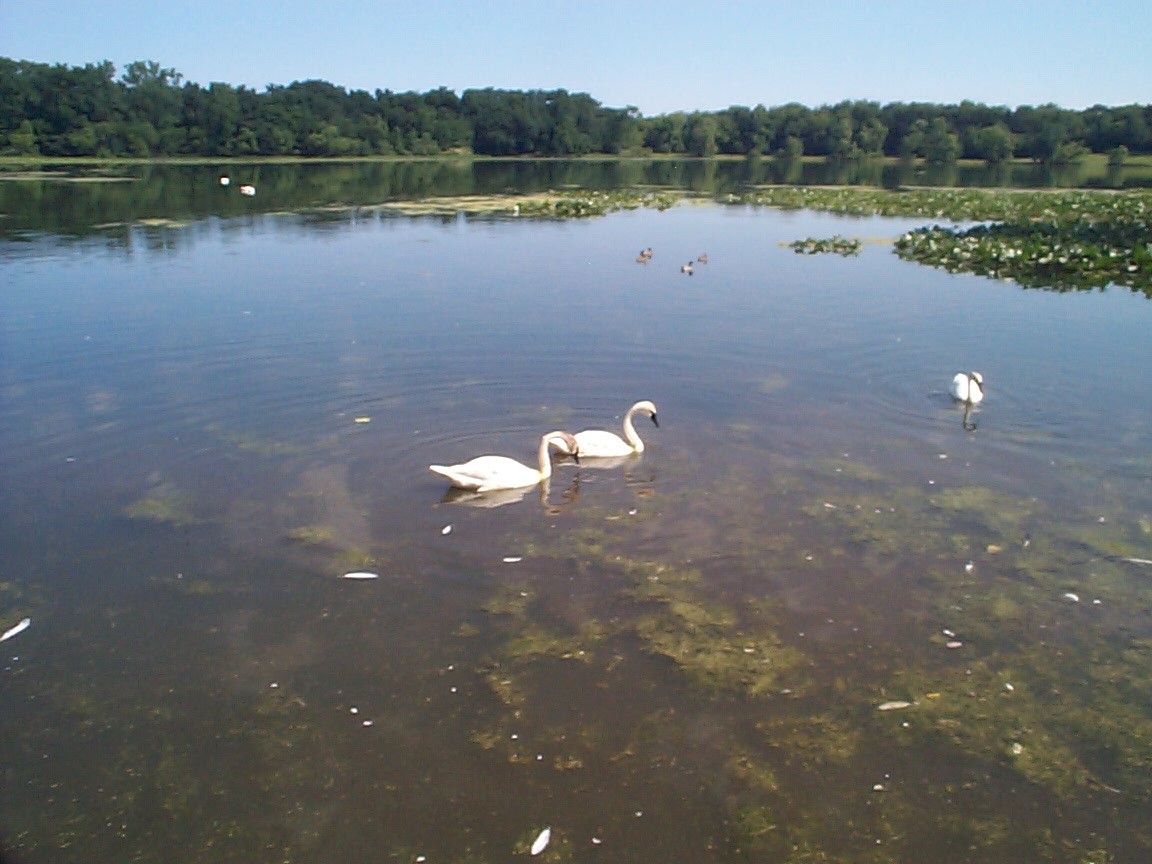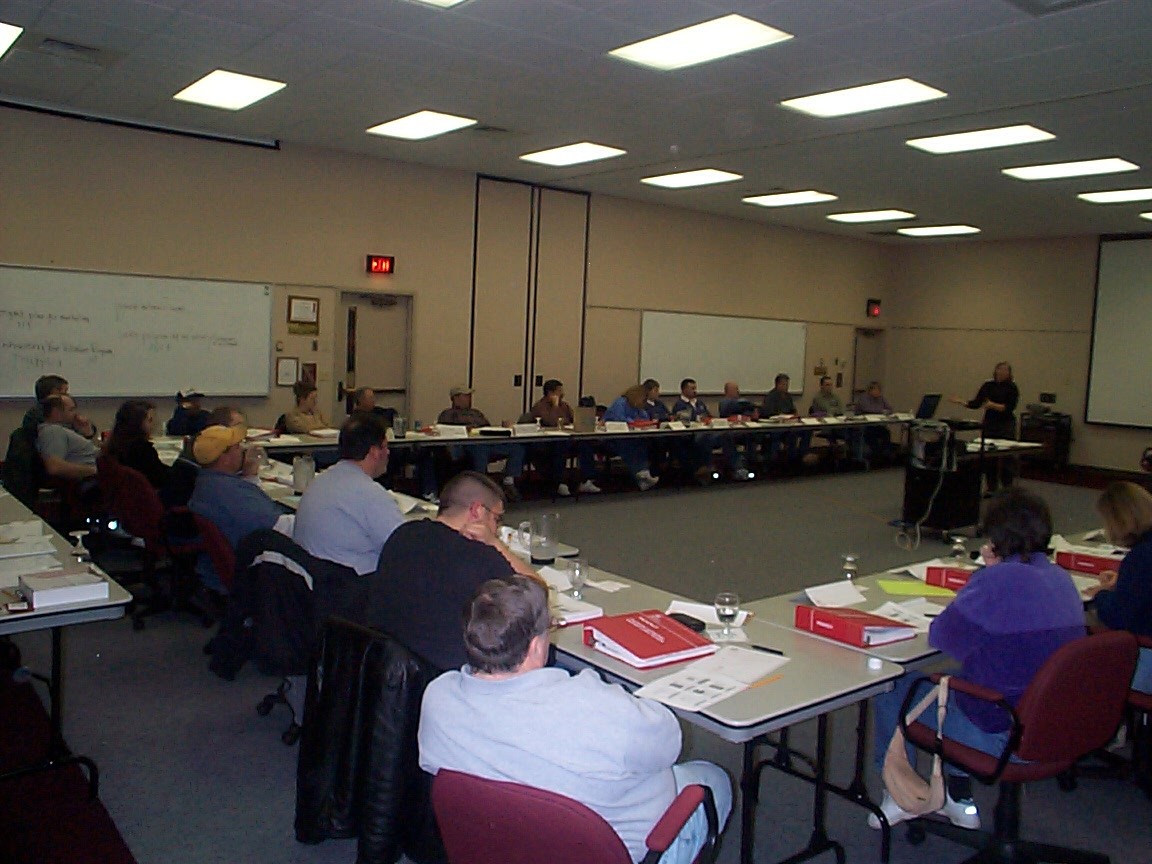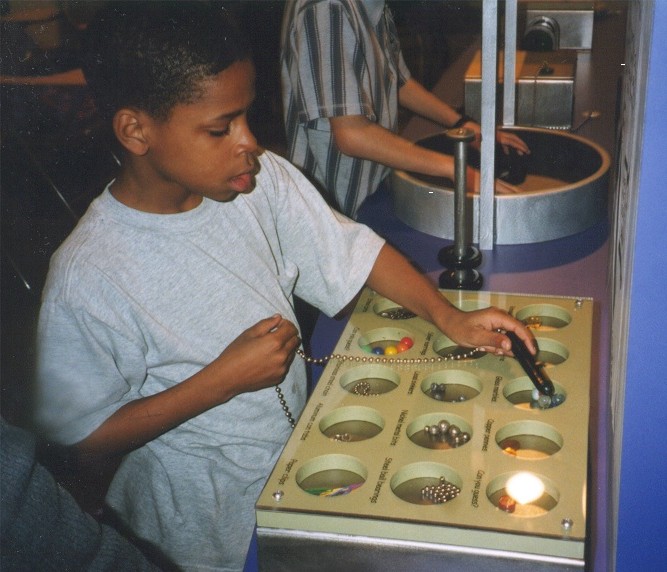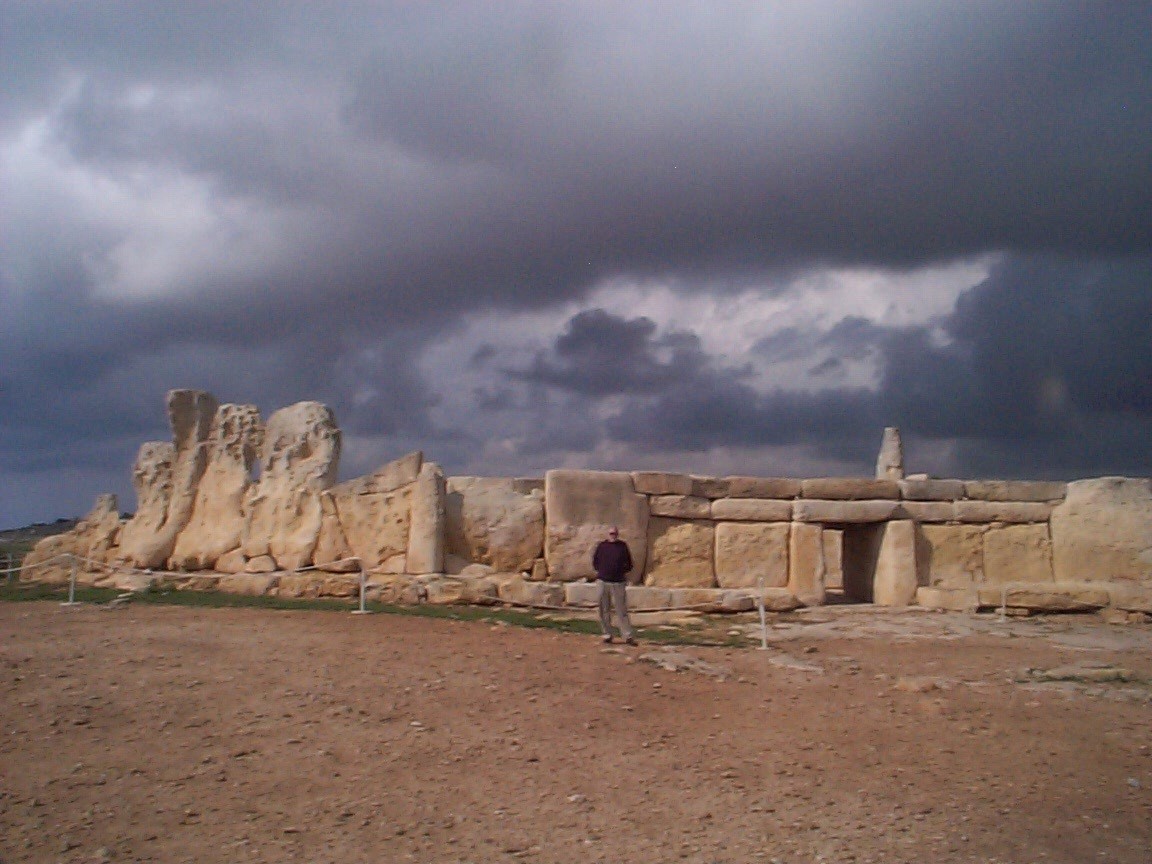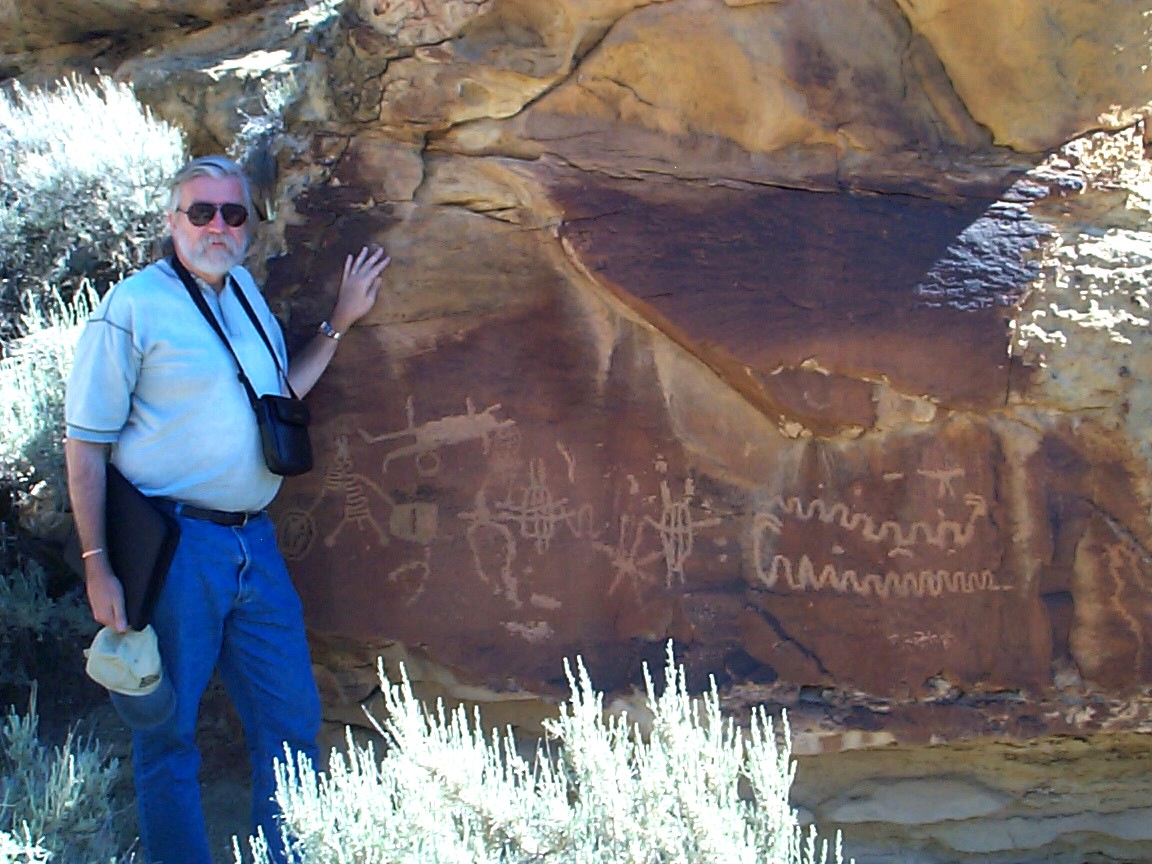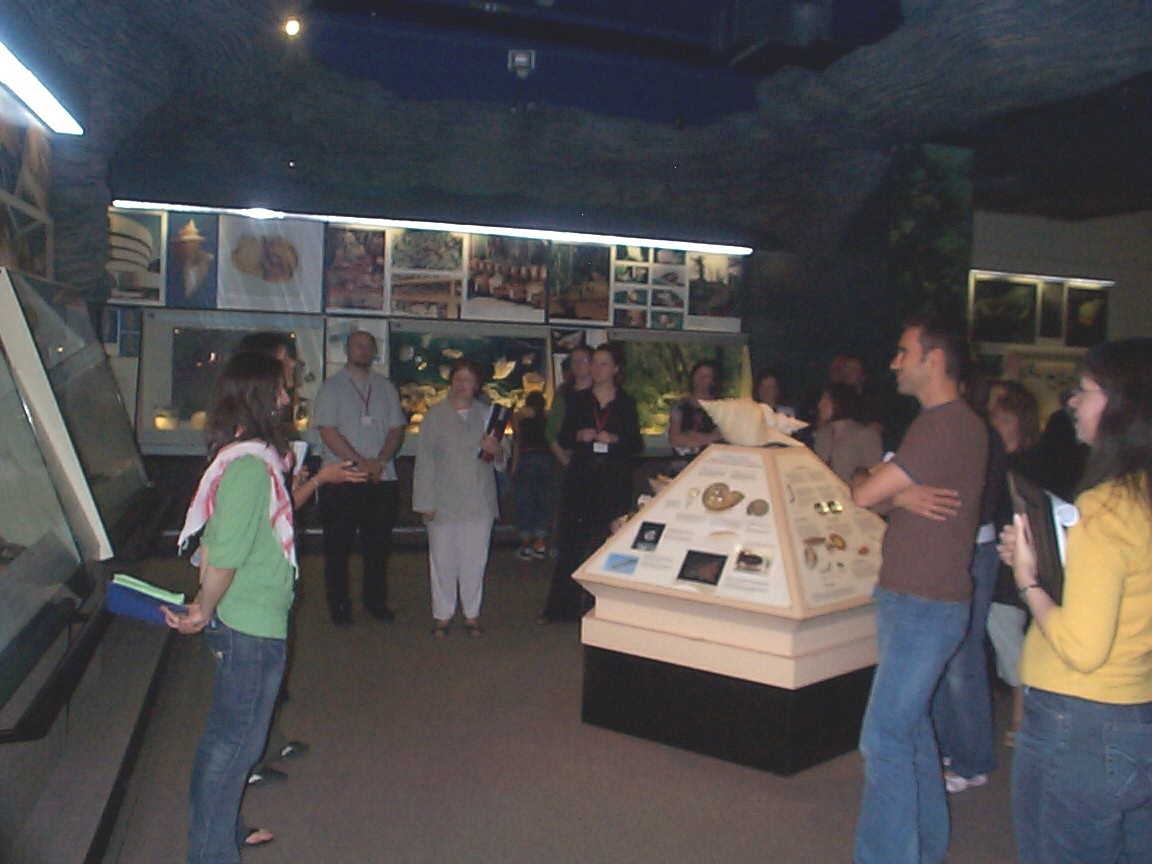An Introduction to
Interpreting Cemeteries and Gravestones
by
John A. Veverka

The flying
winged cherub from a 1789 gravestone
symbolizes the flight
of the soul from mortal man.
I first became interested in gravestone and cemetery
interpretation many years ago while attending an Association of Interpretive Naturalists
regional meeting in Indiana. One of the events included a visit to Spring Mill State Park
and discussions about their cemetery interpretation which was an outstanding experience.
Since that time I have been involved with Community Interpretive
Planning as part of heritage tourism development. For all of the communities I have
worked with, some interest in interpretive services for their cemeteries always came up.
In fact, cemetery interpretation and gravestone interpretation is very popular and growing
in interest. Some cities, like the community of Belvidere in Illinois, incorporate
cemetery interpretive programs, both guided and self-guided, into their community history
and heritage interpretation. The interpretation here not only includes the symbols and
meanings of the stones and their designs, but the historic "founding fathers"
and key historical figures from the community. These programs are highly attended and very
successful.

Some of the more unusual gravestones to be seen in the Belvidere
Cemetery. The tree trunks are somewhat unique for Illinois and
represent the brevity of life. The number of broken branches can
indicate deceased family members buried at that site as well.
In addition to the wealth of unusual grave stones in the Belvidere Cemetery, the Cemetery
also has some unique architecture as well, the Frank Lloyd Wright Pettit Memorial Chapel -
a historic facility built in 1907 that is still being used, and currently under
restoration. This is an important part of the total cemetery interpretive program.

Frank Lloyd Wright's Pettit Memorial Chapel, Belvidere Cemetery,
Belvidere, IL.
Planning for Cemetery and Gravestone Interpretive Programs or Services.
If you are interested in providing a community heritage interpretation program using a
local historic cemetery, here are some steps to consider:
- Remember that this is a cemetery. Any and all interpretive guided programs or tours, and
self-guiding interpretation must be respectful of the site you are in.
- Check into the need to acquire permission to use the cemetery.
- Be mindful of how many visitors you could manage in the cemetery at any one time, and
any damage that might occur (soil/grass erosion, etc.).
- If you are considering doing any rubbings of the stones, be sure that
you use techniques that will not damage them.
- Plan your objectives well - what do you want the interpretive programs to accomplish?
- Clearly plan what elements you want to interpret:
· Gravestone art/designs and their historic meanings.
· Gravestones as a social statement.
· Gravestone carvers
· Historical figures from the communities past.
· Communities relationships to conflicts (Revolutionary War, Civil War, etc.).
· Social stories and conflict (where were the black community members buried?)
· Funeral practices (above ground vaults, wooden caskets, etc.).
- Once you have decided upon what elements you want to interpret, begin your research into
that subject. I will provide some excellent references and web sites at the end of this
article to help get you started.

The Red Oak Cemetery (above photo) located near Ripley,
Ohio is a good candidate for interpretation, as it is located near the newly designated
Ohio River road Scenic Byway. These small cemeteries are full of history and stories
and can give community visitors a real sense of the past and heritage of the region.
Some small community cemeteries can be very powerful even if they
are lacking in gravestones. The Dougherty-Miller Cemetery located in Jefferson County (not
far from Madison), Indiana is an example of this (below photo). I visited the
cemetery site as part of developing a regional community interpretive plan for Jefferson
County.

The Dougherty-Miller Cemetery, outside of Madison, Indiana. This was a
black cemetery from the late 1800's. Most of the headstones would have been wooden, and
have long since disappeared. Only the depressions of the graves can been seen, highlighted
by a light snow from the day before.
This cemetery, for blacks in the late 1800's, was almost lost amongst the trees. The site
is now being cleared and restored. When you walk into a site like this one, and have first
person interpretation of "who, what, when, and why", it is sad and sobering. The
day I visited the site a light snow had fallen, highlighting the many grave sites without
any markers. This is a powerful and important part of local history, and the interpretive
experience here will send chills down your back - and the memory of your visit will
linger. There are only a few headstones showing today, like the one below, of a black
civil war veteran who could only be buried here.

The weathered stone of a black Civil War soldier is one of the only
visible stones at the Dougherty-Miller cemetery.
The Story on the Stones - Interpreting symbols and their meanings.
Of course, one of the most interesting parts of gravestone
interpretation for most visitors is the use of art and symbols on many older stones. This
is something that will need to be researched for any cemetery you might be interested in
interpreting, as there is some change in designs and types of symbols used over time.
There is also a design change as you look at cemeteries from the east coast and move west.
So you'll need to find out just what part of the gravestone art story you have. There are
lots of reference books for that, but here are some very common symbols.

This stone (above photo) from the Red Oak Cemetery, Ripley, Ohio,
has a common feature, the willow tree. The tree represents life, knowledge, the fall
of man through sin, human fruition or frailty. Note that the branches on the right
have been broken off and there is a lamb under the tree. The lamb represents
innocence, indicating that this is the grave of a youngster or teenager.
The following photo shows another tree design of
which there are many varieties. Note how this design differs from the previous one.
Different tree (or other symbol) styles may represent different stone carvers
styles, and can often be traced back to master stone carvers from the east coast from the
1600's and 1700's. As master carvers taught their apprentices, the apprentices
followed that particular style. As they moved westward, their designs mirrored those
of the master they worked under. In time they would evolve their own unique design
style - their own "design fingerprint".

Another common design on gravestones is the hand/finger pointing up. This
symbolized the pathway to heaven, or heavenly reward.

This stone in the Blood Cemetery, Clinton County, MI, illustrates the
common design of the finger/hand pointing up. The garland around the hand symbolizes victory over death.
Another common symbol is the use of Clasped Hands
which symbolizes "farewell" or hope of meeting in eternity.

Clasped hands design from the Red Oak Cemetery. The banner above
the hands says "farewell".
Another common gravestone symbol is the use of
flowers, found mainly on women's gravestones.

This stone from the Blood Cemetery, Clinton County, MI, illustrates a
common flower design. The stone also illustrates the slow erosion effect of wind and
weather on the limestone over time.
Of course, some of the older gravestones in New England can have
some exceptional carvings on them, such as the use of skulls, which symbolize the
transitory nature of earthly life, penitence, and mortality, like the example below.

But some gravestones can be much simpler, and may lack any art
work at all. Some stones, like the one below, may have been done "on a budget",
the family not being able to afford a well-known stone carver, not have a stone carver
available or the stone work was done by a family member or friend. In this case a simple
flower design at the top, and an epitaph. This stone is from the Belpre, Ohio Cemetery and
dates from 1804. The bottom epitaph says "Death is a debt to nature which I have
paid, and so will you". Note that you can have an interpretive
program just based on epitaphs!

A revolutionary war era gravestone from Belpre, Ohio. from one of
the original settlers into this part of Ohio, probably settling here shortly after
the revolutionary war ended.
Of course, these are just a few of the common symbols that you
might find on older gravestones, there are hundreds of different designs and symbols. Here
are just a few symbols and their meanings from "Tomb With A View's Guide to
Commemorative Motifs, Mourning Images, and Memento Mori"(an internet web site):
Anchor - Hope, seaman.
Angels - Rebirth, protection, wisdom, mercy, divine love.
Bird - Eternal live, winged soul, spirituality.
Chain with three links - Trinity, faith, Odd Fellows
Column - Nobel life
Frog - Worldly pleasure, sin.
Ivy - Fidelity, attachment, undying affection.
Poppies - Eternal sleep.
Rope Circle - Eternity.
Rose - Victory, pride, triumphant love, purity.
Tree - Life, knowledge.
Tree Trunk, Leaning - Short interrupted life, mourning.
Urn - Immortality, death of the body and its return to dust.
Wreath on Skull - Victory of death over life.
This has just been a sampling of the interpretive possibilities
for cemeteries and gravestones as part of community heritage interpretation and tourism
development. In Freeman Tilden's terms (Interpreting our Heritage, 1954), this is
something we can all RELATE to, as eventually, as one gravestone noted: As I
am now, you shall be too! This can be one of the most powerful
tools we have for interpreting the true nature of our communities, and our heritage.
The stories are all there; people, events, folk art, a history textbook carved in
stone waiting to be read.
I hope you will consider this aspect of community or historic
interpretation if it is appropriate to your site or stories. The interpretive experience
will be powerful and memorable, helping visitors and local residents alike truly
understand their local history. Here are some references to help you get started.
References:
Ludwig, Allen. "Graven Images - New England Stonecarving and Its Symbols - 1650
-1815." Wesleyan University Press, Hanover, NH.
Ridlen, Susanne S. "Tree-Stump Tombstones: A Field Guide to Rustic Funerary Art in
Indiana." Old Richardville Publications, IN
"Tomb With a View's Guide to commemorative Motifs, Mourning Images, and Memento
Mori" - internet web site: http://members.aol.com/TombView/symbol2.html.
For other information on cemetery and gravestone studies contact: The Association for
Gravestone Studies, 278 Main St., Suite 207, Greenfield, MA 10301; or at: www.gravestonestudies.org.
John Veverka
PO Box 189
Laingsburg, MI 48848
jvainterp@aol.com
